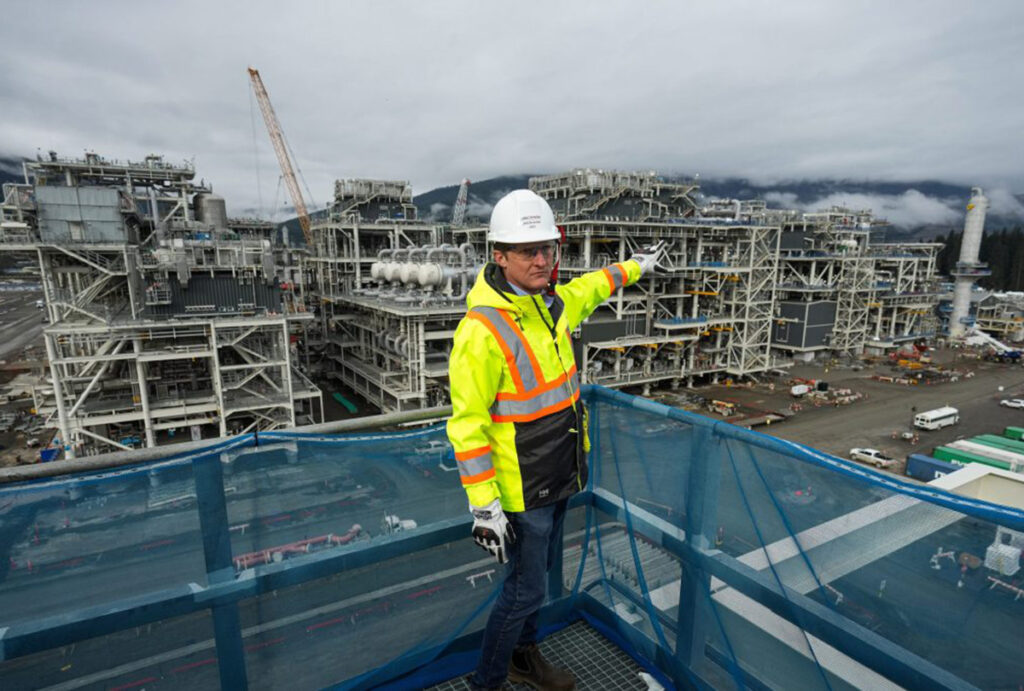
VANCOUVER — Canadian liquefied natural gas projects looking to fill gaps in the global market left by the absence of Russian gas may run into more challenging conditions than expected, industry experts say.
Officials from the LNG industry at an industry conference in Vancouver say the consensus among economists is that the gas shortage in Europe caused by the Ukraine war is unlikely to last beyond 10 years, while the rise of renewables will cut into demand from 2030 onward.
Meanwhile, U.S.-based natural gas firm Tellurian’s president and CEO, Octavio Simoes, says the biggest opportunity opened by the European gas shortage is in Asia, with countries such as Germany paying more for LNG on the global market and “taking it from the rest of the world.”
Simoes says high prices of LNG pushed Pakistan to abandon plans to buy natural gas and quadruple commitments for coal, and similar trends are happening in Indonesia, Thailand, Vietnam and the Philippines.
Earlier in the conference, LNG Canada CEO Jason Klein had said Canada will be competitive on the global market, partially based on its high environmental and social standards.
Klein said the $40-billion LNG Canada export facility in Kitimat, B.C. — the only one of its kind to reach the construction stage on the Canadian West Coast — is about 85 per cent complete and is scheduled to begin exports by “mid-decade.”
Share This:






